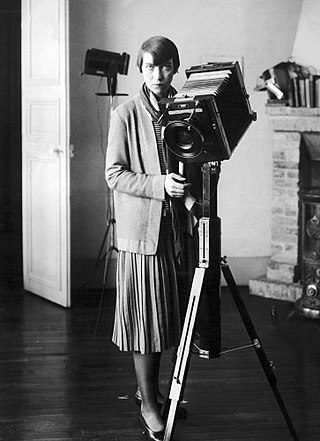
Berenice Alice Abbott was an American photographer best known for her portraits of cultural figures of the interwar period, New York City photographs of architecture and urban design of the 1930s, and science interpretation of the 1940s to the 1960s.

Bernhard "Bernd" Becher, and Hilla Becher, née Wobeser, were German conceptual artists and photographers working as a collaborative duo. They are best known for their extensive series of photographic images, or typologies, of industrial buildings and structures, often organised in grids. As the founders of what has come to be known as the 'Becher school' or the Düsseldorf School of Photography, they influenced generations of documentary photographers and artists in Germany and abroad. They were awarded the Erasmus Prize and the Hasselblad Award.

Eugène Atget was a French flâneur and a pioneer of documentary photography, noted for his determination to document all of the architecture and street scenes of Paris before their disappearance to modernization. Most of his photographs were first published by Berenice Abbott after his death. Though he sold his work to artists and craftspeople, and became an inspiration for the surrealists, he did not live to see the wide acclaim his work would eventually receive.

Ruth Bernhard was a German-born American photographer.
Lee Friedlander is an American photographer and artist. In the 1960s and 1970s, Friedlander evolved an influential and often imitated visual language of urban "social landscape," with many of his photographs including fragments of store-front reflections, structures framed by fences, posters and street signs. His work is characterized by its innovative use of framing and reflection, often using the natural environment or architectural elements to frame his subjects. Over the course of his career, Friedlander has been the recipient of numerous awards and his work has been exhibited in major museums and galleries worldwide.

Fine-art photography is photography created in line with the vision of the photographer as artist, using photography as a medium for creative expression. The goal of fine-art photography is to express an idea, a message, or an emotion. This stands in contrast to representational photography, such as photojournalism, which provides a documentary visual account of specific subjects and events, literally representing objective reality rather than the subjective intent of the photographer; and commercial photography, the primary focus of which is to advertise products or services.
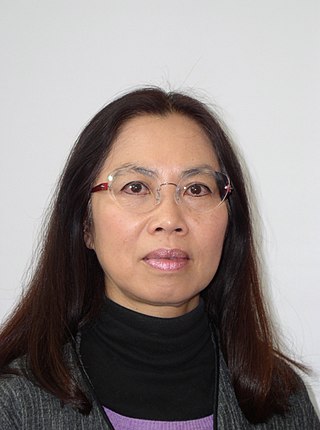
Trinh T. Minh-ha is a Vietnamese filmmaker, writer, literary theorist, composer, and professor. She has been making films for over thirty years and may be best known for her films Reassemblage, made in 1982, and Surname Viet Given Name Nam, made in 1985. She has received several awards and grants, including the American Film Institute's National Independent Filmmaker Maya Deren Award, and Fellowships from the John Simon Guggenheim Foundation, the National Endowment for the Arts and the California Arts Council. Her films have been the subject of twenty retrospectives.

Malick Sidibé was a Malian photographer from a Fulani (Fula) village in Soloba, who was noted for his black-and-white studies of popular culture in the 1960s in Bamako, Mali. Sidibé had a long and fruitful career as a photographer in Bamako, and was a well-known figure in his community. In 1994 he had his first exhibition outside of Mali and received much critical praise for his carefully composed portraits. Sidibé's work has since become well known and renowned on a global scale. His work was the subject of a number of publications and exhibited throughout Europe and the United States. In 2007, he received a Golden Lion for Lifetime Achievement at the Venice Biennale, becoming both the first photographer and the first African so recognized. Other awards he has received include a Hasselblad Award for photography in 2003, an International Center of Photography Infinity Award for Lifetime Achievement (2008), and a World Press Photo award (2010).

Theodore Brett Weston was an American photographer.
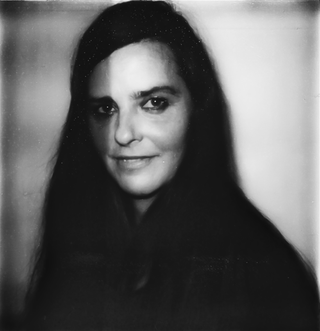
Rineke Dijkstra HonFRPS is a Dutch photographer. She lives and works in Amsterdam. Dijkstra has been awarded an Honorary Fellowship of the Royal Photographic Society, the 1999 Citibank Private Bank Photography Prize and the 2017 Hasselblad Award.
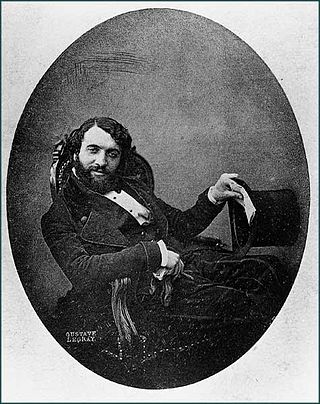
Jean-Louis-Henri Le Secq des Tournelles was a French painter and photographer. After the French government made the daguerreotype open for public in 1839, Le Secq was one of the five photographers selected to carry out a photographic survey of architecture.
Linda Connor is an American photographer living in San Francisco, California. She is known for her landscape photography.
Miyako Ishiuchi, is a Japanese photographer.
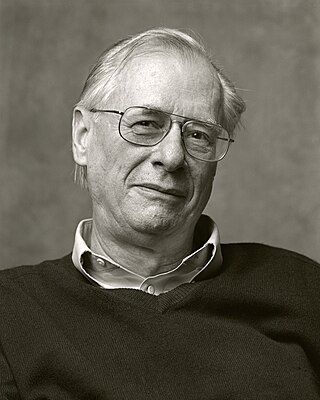
William Craft Brumfield is a contemporary American historian of Russian architecture, a preservationist and an architectural photographer. Brumfield is currently Professor of Slavic studies at Tulane University.
Gary Schneider is a South African-born American photographer known for his portraiture and self-portraits. According to the John Simon Guggenheim Memorial Foundation, which awarded him a Guggenheim Fellowship in 2013, his "early work in painting, performance, and film remain integral to his explorations of portraiture. He strives to marry art and science, identity and obscurity, figuration and abstraction, the carnal and the spiritual."

Ethnocinema, from Jean Rouch’s cine-ethnography and ethno-fictions, is an emerging practice of intercultural filmmaking being defined and extended by Melbourne, Australia-based writer and arts educator, Anne Harris, and others. Originally derived from the discipline of anthropology, ethnocinema is one form of ethnographic filmmaking that prioritises mutuality, collaboration and social change. The practice's ethos claims that the role of anthropologists, and other cultural, media and educational researchers, must adapt to changing communities, transnational identities and new notions of representation for the 21st century.
Father Henry Gravrand was a French Catholic missionary to Africa and an anthropologist who has written extensively on Serer religion and culture. He was one of the leading pioneers of interfaith dialog and believed that African religion was the "'first covenant between God and man". His works about the Serer people are cited by other historians and scholars writing on Serer history, religion and culture, for instance Martin A. Klein, Charles Becker, Alioune Sarr, Marguerite Dupire, Issa Laye Thiaw, etc. Papa Massène Sene argues that his approach lacks scientific rigor and include fundamental linguistic and historical errors. Alioune Sarr noted that Gravrand reported an oral tradition describing what he called the "Battle of Troubang", a dynastic war between the two maternal royal houses of Ñaanco and the Guelowar, an off-shot and relatives of the Ñaanco maternal dynasty of Kaabu, in modern-day Guinea Bissau. According to Charles Becker, Gravrand is confusing a description of the 1867 Battle of Kansala.

Austin Irving is an American contemporary artist and photographer.

Maad is the title given to a male monarch by the Serer people of Senegal, Gambia and Mauritania. In Serer royal history, the Maad possessed supreme power throughout Serer country. The Maad was chosen from the royal lineage and crowned by the great Jaraaf who was equivalent to a prime minister. After his coronation, he would crown a member of his maternal family, usually his mother, sister, maternal aunt, or wife as Lingeer (Queen). The Serer titles Maad a Sinig and Maad Saloum take their names from the radical Serer title Maad, and identifies which part of Serer country they rule.













